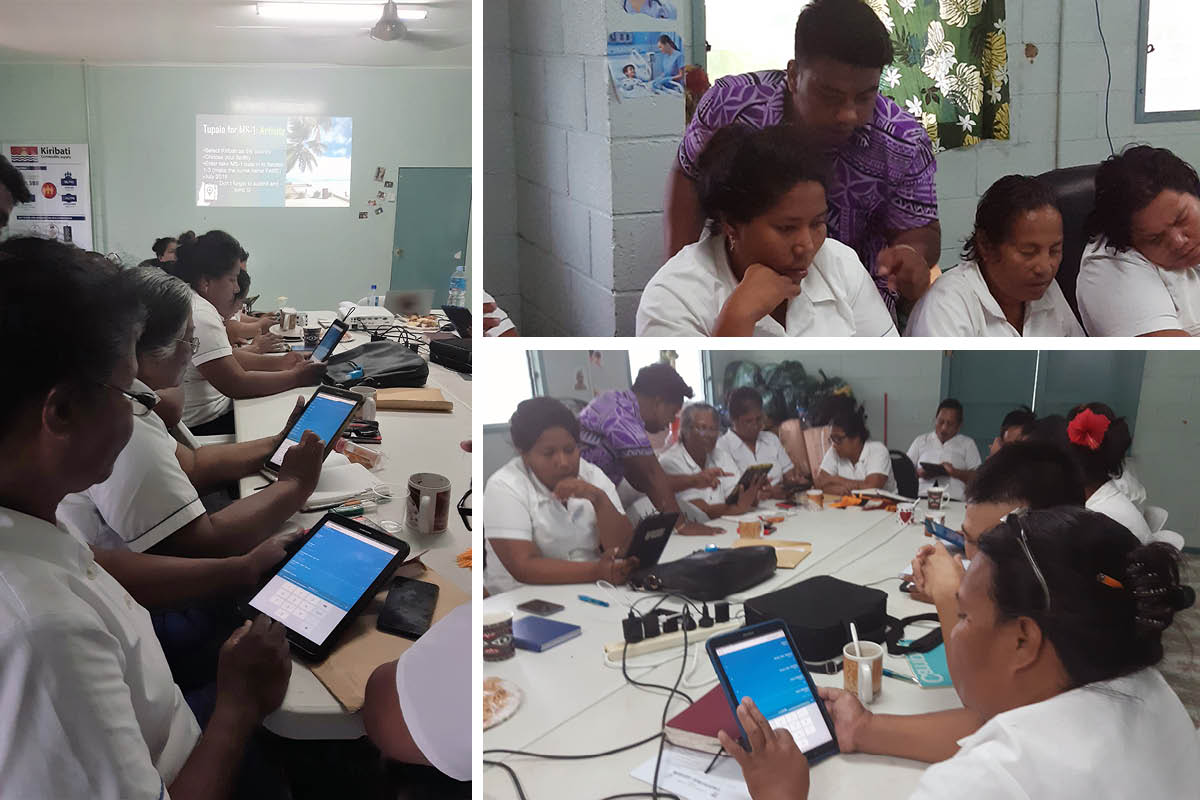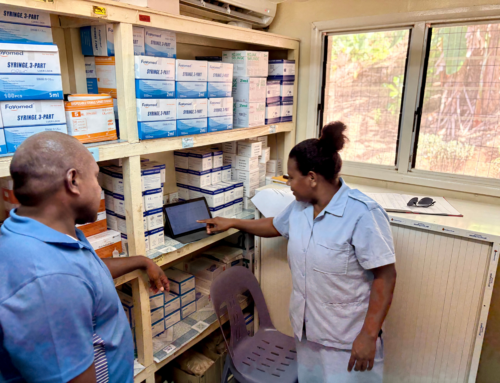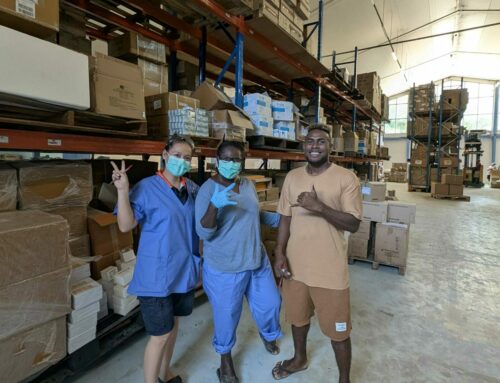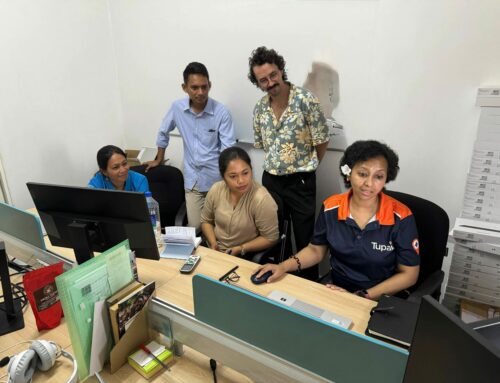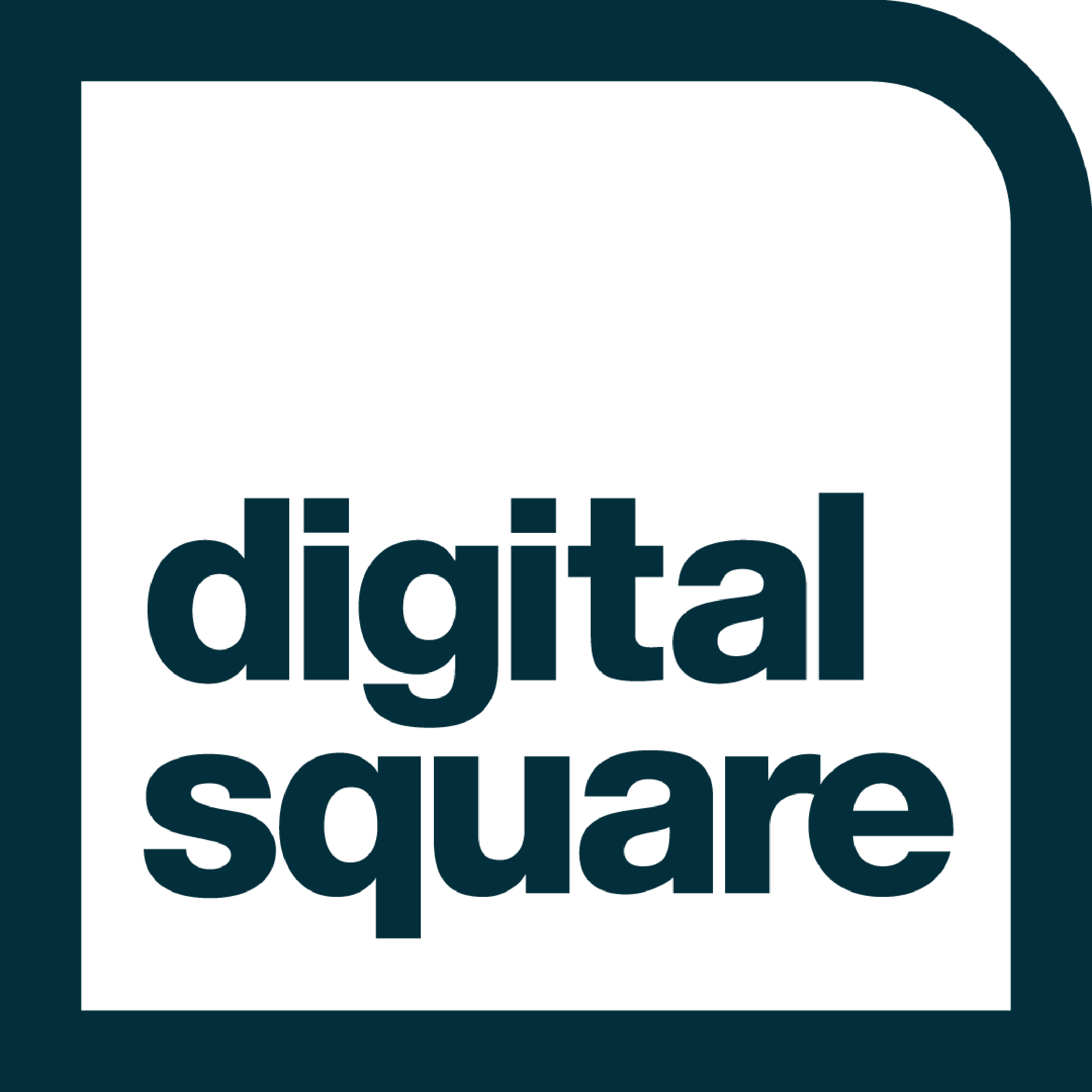Have you ever wondered how information about health, disease control and medicines are collected, tracked and monitored? It can be a complex thing, but we’d like to share some of the work we’ve been doing in Kiribati to pilot a new mobile reporting system in the Tupaia MediTrak app. It’s designed to streamline data collection processes so that health information can be tracked and monitored on-the-go to improve the visibility of health and medicines across the country.
To better understand how it works we spoke to our International Programs Manager, Kahlinda Mahoney who recently held training with health workers in South Tarawa last month.
How is health information collected in Kiribati?
A monthly survey (called MS-1) is completed by each health facility in Kiribati. It captures information on what type of health cases have been seen over the month and what type of care has been provided by the health facility.
This information helps the Health Information Unit (HIU) within the Ministry of Health and Medical Services (MHMS) to track the occurrence of disease and monitor instances of care. For example, information collected through MS-1 reporting helps the HIU to track the annual number of births in Kiribati or calculate the rate of diabetes. Without this information, there’s no real accurate way of monitoring health and health care services across the country.
What are the current challenges with health reporting and data collection?
Previously, MS-1 forms have been submitted manually, on paper. It can be very tricky, logistically, for the nurses from each of the 106 health facilities across Kiribati’s 84 islands to deliver a paper form. Surveys can be up to 15 pages in length and can take days/weeks to reach the hospital on South Tarawa. Even once the form arrives at the HIU, staff members then enter the details from each page into the MS-1 database. That’s over 1,500 pages of information that need to be manually entered into the database every month! This takes a lot of time, and naturally, it can lead to errors in transcription.
How does Tupaia’s monthly online survey (MS-1) help streamline the reporting process?
Now, instead of filling out a form by hand, the nurses in each health facility can simply enter the information as responses to survey questions in the Tupaia app on their facilities mobile tablet. The answers are sent directly to the MS-1 database within the HIU – no transcription is required! This saves time and allows everyone to spend their time on more meaningful tasks than data entry.
Building and implementing new systems can be challenging. Where there any hardships along the way that you and/or the team had to overcome?
This project is in its very early stages, so a lot of the challenges still lie ahead. That said, the new system is now live and we have overcome a number of enormous issues already.
Kurt Johnson (one of our Software Developers) and I worked closely with the HIU to understand their needs to make the transition from paper to electronic forms as seamless as possible.
One of the major challenges was building the infrastructure within Tupaia MediTrak app to allow survey answers to feed directly into the MS-1 database – this was no small task! Kurt developed the MS-1 form series which is what allows us to visualise the data collected from monthly surveys in within the app.
There was a scary moment back in April when it looked like the MS-1 integration wasn’t going to be possible – the information wasn’t transferring despite our troubleshooting efforts. In the end we found the culprit! A rat that had chewed through a cable where one of our servers were located. Thankfully, the cable was replaced and we were back on track.
Who is involved in the pilot and how is it being rolled out?
Once the technical side of the set up was complete, I came to Kiribati to test the process ‘on the ground’, update the software in each clinic and conduct training on the use of Tupaia to the nurses working in South Tarawa. We had a great training; they were quick to pick up the skills to adopt the new mobile reporting process within the app.
Kantabu Moantewa, one of our Data Collection Officers’ helping to roll out MS-1 reporting in Kiribati describes how the pilot is working and what the next steps are.
“The MS-1 reporting in Tupaia is going really well for us at the moment. We are first piloting the technology within the health clinics in South Tarawa. After using it for two months, we’re finding it saves a lot of time and money that used to be involved with using paper-based forms.”
Once the pilot project is completed we will be looking to roll out to other islands in the region, including Kiritimati (AKA Christmas Island) and Phoenix Islands (Rakawi).
